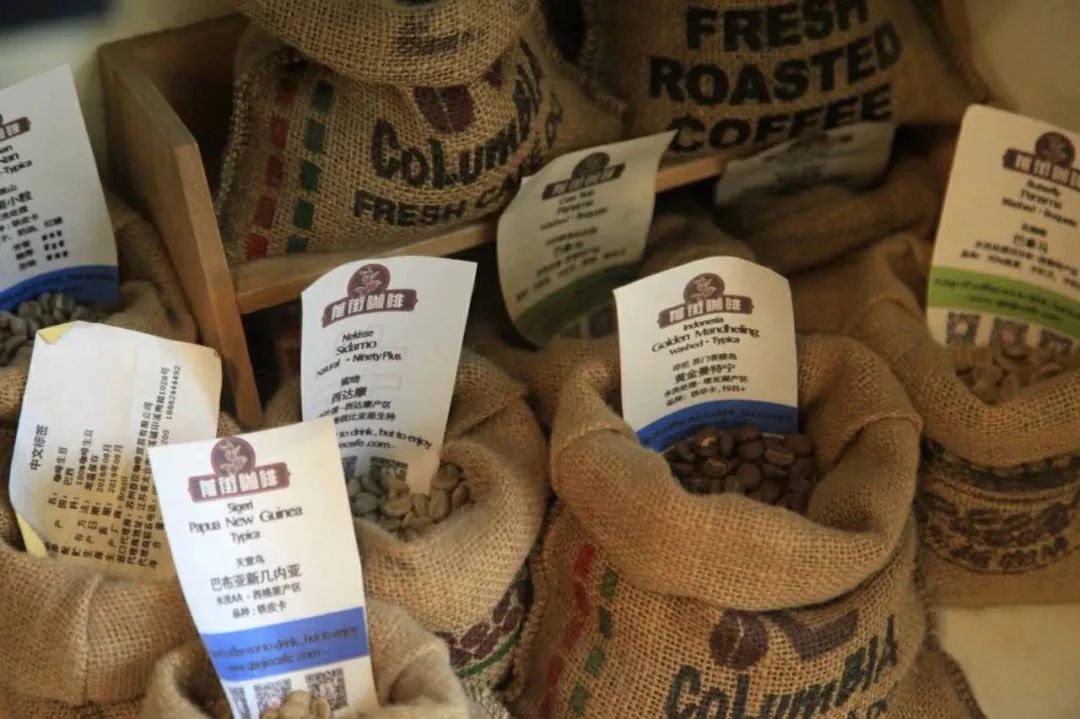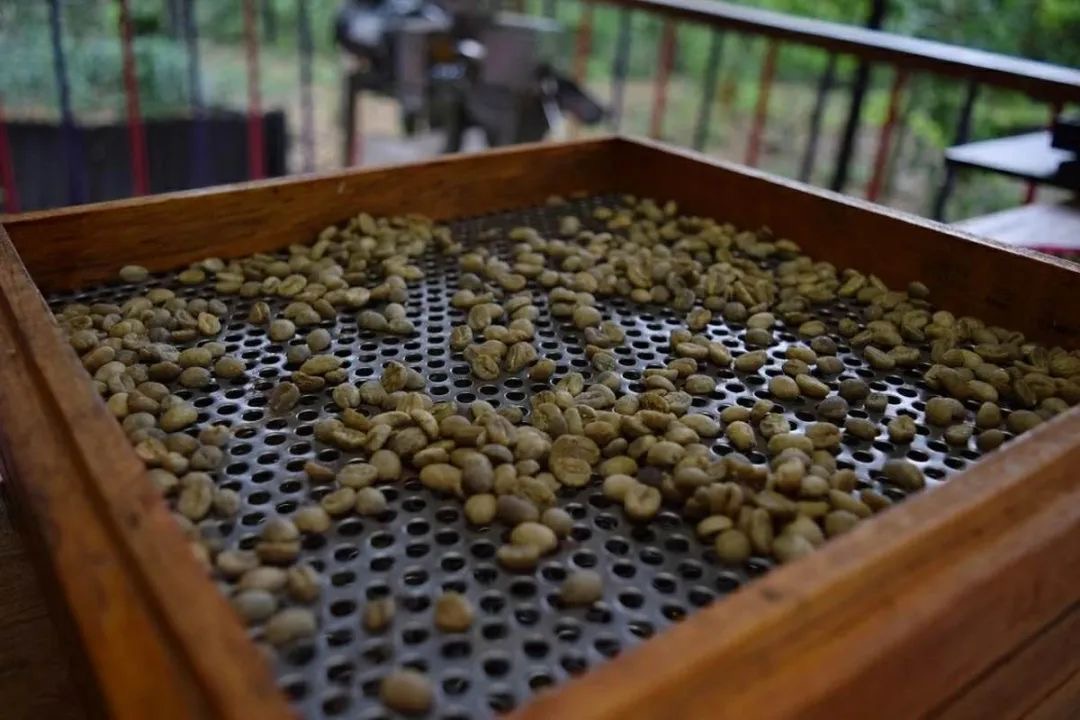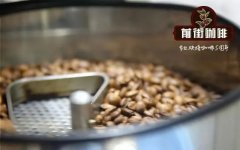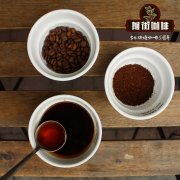What are the grades of coffee beans? national standard coffee bean rating standard

Explore the coffee classification system! Teach you to read the label on the coffee bag
When we go to a coffee shop to buy a cup of coffee or coffee beans, we will always see a series of words, which will be mixed with several English abbreviations, such as AA, G1, SHG, etc., which actually represents that each country produces coffee according to the characteristics of the classification.
It is worth noting that in different producing countries, there will be their own custom grading methods, the purpose of grading, in addition to improving the value of green beans, so that the size of green coffee beans uniform, to help roast the average heat. So far, there is no internationally accepted quality classification system, so the name and basis of classification are determined by the producing countries. There are several points worthy of special attention:
Some countries have similar classification names, but the definition of defect rate is actually quite different.
Coffee beans grow under completely different conditions, so it is not possible to compare directly across countries. Each country has different bean characteristics.
Grading is an important consideration, but it is not the main factor affecting flavor.
The most common grading criteria are size, color, shape, defect ratio, altitude, hardness, variety, taste after baking, etc.

[Don't be limited by the grading. Don't forget that we want to drink good coffee.]
However, the size of the bean body is the most important classification basis for most producing areas. That is to say, the bigger the pill, the more powerful it is. In fact, the higher the altitude of coffee tree growth, the lower the temperature, the shorter the sunshine, in order to survive, so the fruit will take more time to mature, so coffee will grow slower, density is more dense, hardness is stronger, flavor performance will be better. In fact, it is necessary to eat more to have enough physical strength to face the harsh environment.
The size of the beans may affect the flavor of the coffee to some extent, but it is not absolute. The grading is only a reference, so don't be limited by the grading bar. Don't forget that we want to drink good coffee.
The following is a brief explanation of the classification system of important producing countries. By the way, remember that some countries have the same classification name, but the defect definition can be very different yo.
Colombia:
Colombia classification is based primarily on bean size, and classification is based on the "eye." Supremo is above 17 mesh (about 0.67 cm), and Excelso is 15 - 16.5 mesh. 1/64 inch is 1 mesh and 1 inch is 25.4 mm.
Kenya:
Kenya is also based on the size of the bean body, E grade refers to the endemic species of elephant beans (but not the same as what we usually call elephant beans), more than 18 mesh, rare in quantity, almost no such products in the Taiwan market; Grade AA has the highest price, the size is about 17~18 mesh, followed by AB, the standard is between 15~16 mesh. There is also PB, which refers to round beans, which are classified by appearance. Sometimes you see AA+, AA TOP, AB+, AA++, AA FAQ.
FAQ is short for Fair Average Quality, which means "average fair quality", that is, an average standard quality, which is the basic AA grade. These are traders 'custom grading criteria and are not part of Kenya's official quality grading system.
Ethiopia:
Ethiopia uses the percentage of defective beans to grade, beginning with a G. G1-G5:"Grading criteria are based on the number of defective beans per 300 grams," G1 has 3 defects (Ethiopian beans from 1980CAFE are all in this grade), G2 has 4 - 12 defects, G3 has 13 - 25 defects, and so on. In the early years, Ethiopia introduced the washing method, which was an advanced treatment method at that time. G1 and G2 were washing grades, and G3~G5 were the standards for sun exposure. However, in recent years, many sun-dried beans were also marked with G1 and G2, and it was common.
Central and South America:
Another thing is that many Central and South American countries will use altitude as a benchmark, SHB > HB, SHB and SHG mean the same thing. For example, Guatemala SHB standard is 1600~1700 meters, Costa Rica SHB standard 1200~1650 meters.
[Don't forget, we want to drink good coffee.]
Grading system is not the most important factor affecting flavor, but its advantage is that it can help us to be more evenly heated when baking, don't forget, good taste is more important, in addition to baking degree classification, but also in the introduction of coffee beans made flavor wheel, you can choose according to your own preferences Oh.
Important Notice :
前街咖啡 FrontStreet Coffee has moved to new addredd:
FrontStreet Coffee Address: 315,Donghua East Road,GuangZhou
Tel:020 38364473
- Prev

The shelf life of coffee beans and the shelf life of fresh coffee beans are very important.
"fresh" coffee beans? There is really nothing to discuss about the "freshness" of ingredients, but it is a bit troublesome to apply to the discussion of coffee beans. Zhan Lu's experience is that guests are full of misunderstandings or misunderstandings about this issue. If you still think that coffee beans are "practical information" like tea, and think that they can be used for two years as soon as they are thrown away from the refrigerator, then Mel Gibson is a hero.
- Next

Why is the coffee salty? Is the bitter and salty coffee really a bad flavor?
Why is the coffee salty? Is the bitter and salty coffee really a bad flavor? With regard to the bitterness and saltiness of the five basic flavors, although these two flavors are the most familiar in life, they are worth talking about in the field of coffee. For example, does good coffee have to have no bitter taste? Why do you sometimes get salty taste in coffee? Next, we...
Related
- Beginners will see the "Coffee pull flower" guide!
- What is the difference between ice blog purified milk and ordinary milk coffee?
- Why is the Philippines the largest producer of crops in Liberia?
- For coffee extraction, should the fine powder be retained?
- How does extracted espresso fill pressed powder? How much strength does it take to press the powder?
- How to make jasmine cold extract coffee? Is the jasmine + latte good?
- Will this little toy really make the coffee taste better? How does Lily Drip affect coffee extraction?
- Will the action of slapping the filter cup also affect coffee extraction?
- What's the difference between powder-to-water ratio and powder-to-liquid ratio?
- What is the Ethiopian local species? What does it have to do with Heirloom native species?

